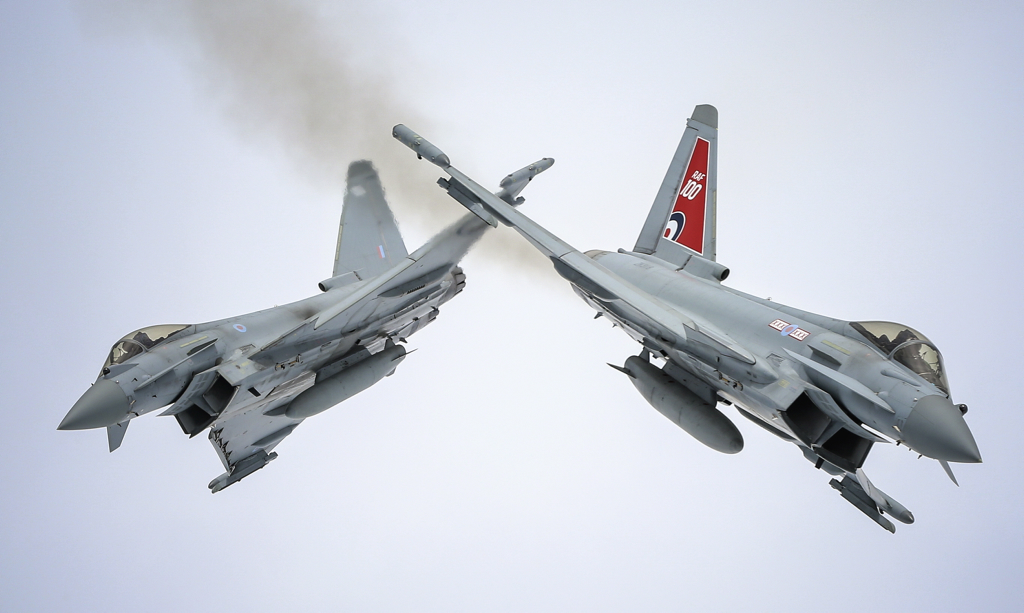The Royal Navy has recently announced that the Royal Marines are to get a brand-new uniform as part of “the most significant transformation and rebranding programme launched since World War 2”. Under the ‘Future Commando Force’ programme, “more Royal Marines will operate from the sea, utilising new and innovative technology as high-readiness troops, forward deployed and ready to react, whether that’s warfighting, specific combat missions such as commando raids, or providing humanitarian assistance.”
This is the first of potentially many new defence initiatives to break cover that seek to exploit new technologies to meet the challenges of future operational environments. Of course, the Future Commando Force is not a spur of the moment idea. It has been some time in the making, and was name checked by former defence secretaries, Gavin Williamson and Penny Mordaunt, in speeches made last year.
The timing of this announcement, however, is no accident. Instead, it looks like a calculated early move by the Royal Navy in the potentially unsavoury scrabble for resources between all three services that will surely form part of the forthcoming Integrated Review.
Major General Matt Holmes, the Commandant General of the Royal Marines, says the Future Commando Force will be a more “lethal, survivable and sustained” amphibious capability. The programme’s director, Colonel Mark Totten, confirmed it has two main drivers. The first is the increased conventional threat posed by technically sophisticated weapons, particularly when matched with artificial intelligence. The second is the more aggressive use of difficult-to-identify military forces, combined with economic and diplomatic activity and disinformation: commonly referred to as sub-threshold (of war), hybrid or ‘grey zone’ activities. The Future Commando Force is being promoted as a possible high-end conventional contribution to this demand.
Whatever strategic decisions are made during the Integrated Review, there is little doubt the UK will want to preserve some high-readiness, deployable warfighting capability in any future force structure. However, as @onUKDefence has previously pointed out, the cost of maintaining both 16 Air Assault Brigade and 3 Commando Brigade at equally high levels of readiness is likely to be prohibitive. Moreover, if defence and resilience of the UK homeland and contributing to NATO’s collective defence are to be higher priorities than power projection, it is difficult to see how two high-readiness formations could be funded ahead of the myriad military capabilities necessary to cover off defence and security responsibilities closer to home.
Of course, an argument can still be made for retaining high readiness forces that can be used swiftly to reinforce NATO’s flanks, in much the same way as the UK contributed to the ACE Mobile Force during the Cold War. Perhaps more significantly, the role of parachute regiments and commando units as feeders for the Special Air Service, Special Boat Service, and Special Reconnaissance Regiment should not be overlooked. There is undoubtedly a critical mass of elite forces that must be maintained within the regular force structure to sustain the desired levels of special forces.
Ultimately, there will be difficult decisions made as part of the Integrated Review and there are certain to be winners and losers across defence. The single services will argue they have an obligation to defend vigorously capabilities that they believe are essential to the fulfilment of defence missions and tasks. Perhaps they are right. Either way, in the crowded space of high-readiness forces, the Royal Navy has stolen a march on the Army by going public with its Future Commando Force programme at this time. In an environment where ‘first in, best dressed’ is a truism, that may be significant.






